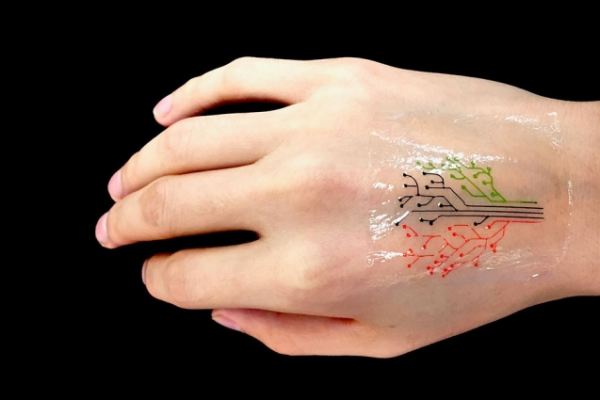This is more than a printing filament hack — closer to bleeding edge bio-engineering — but we can’t help but be fascinated by the prospect of 3D printing with filament that’s alive on a cellular level.
The team from MIT led by [Xuanhe Zhao] and [Timothy Lu] have programmed bacteria cells to respond to specific compounds. To demonstrate, they printed a temporary tattoo of a tree formed of the sturdy bacteria and a hydrogel ‘ink’ loaded with nutrients, that lights up over a few hours when adhered to skin swabbed with these specific stimuli.
So far, the team has been able to produce objects as large as several centimetres, capable of being adapted into active materials when printed and integrated as wearables, displays, sensors and more.











